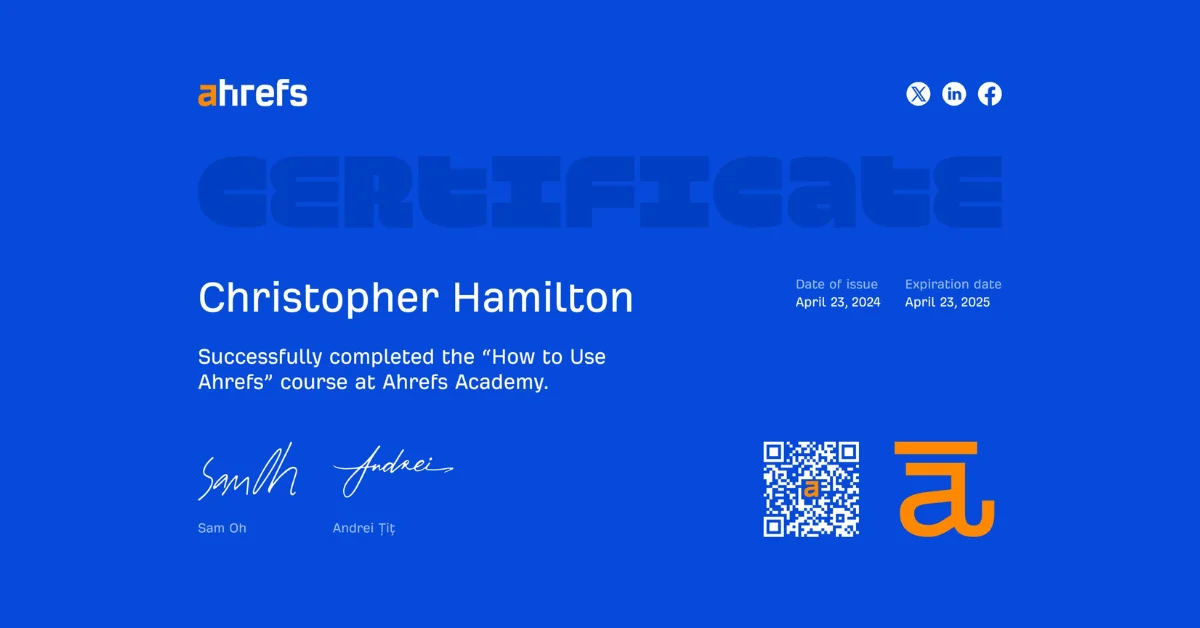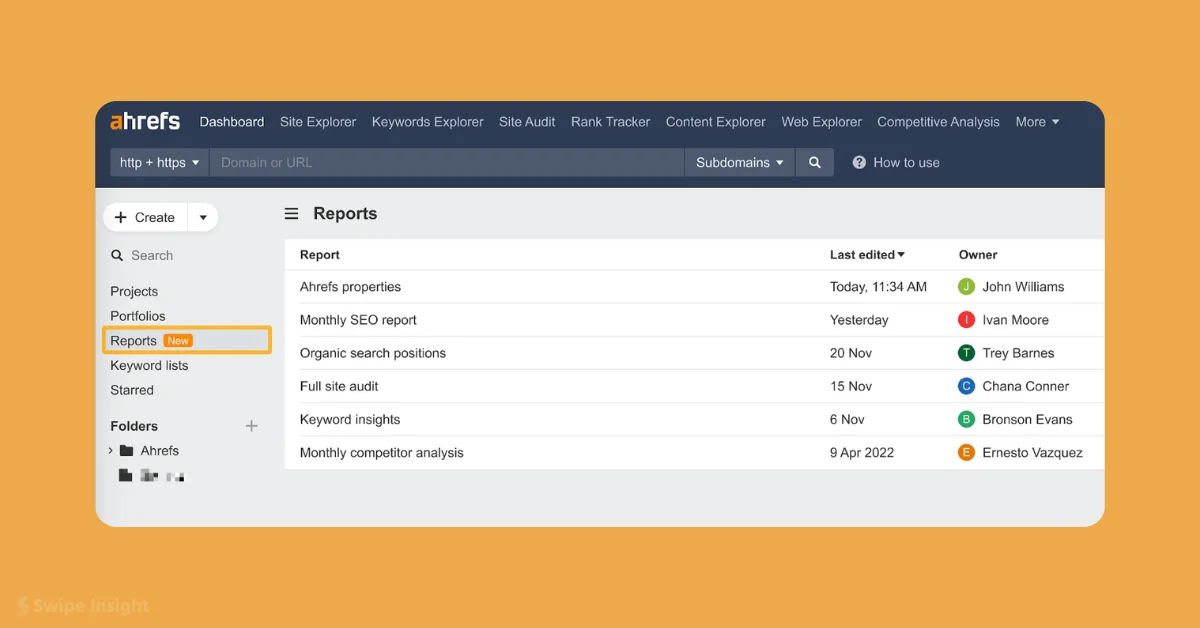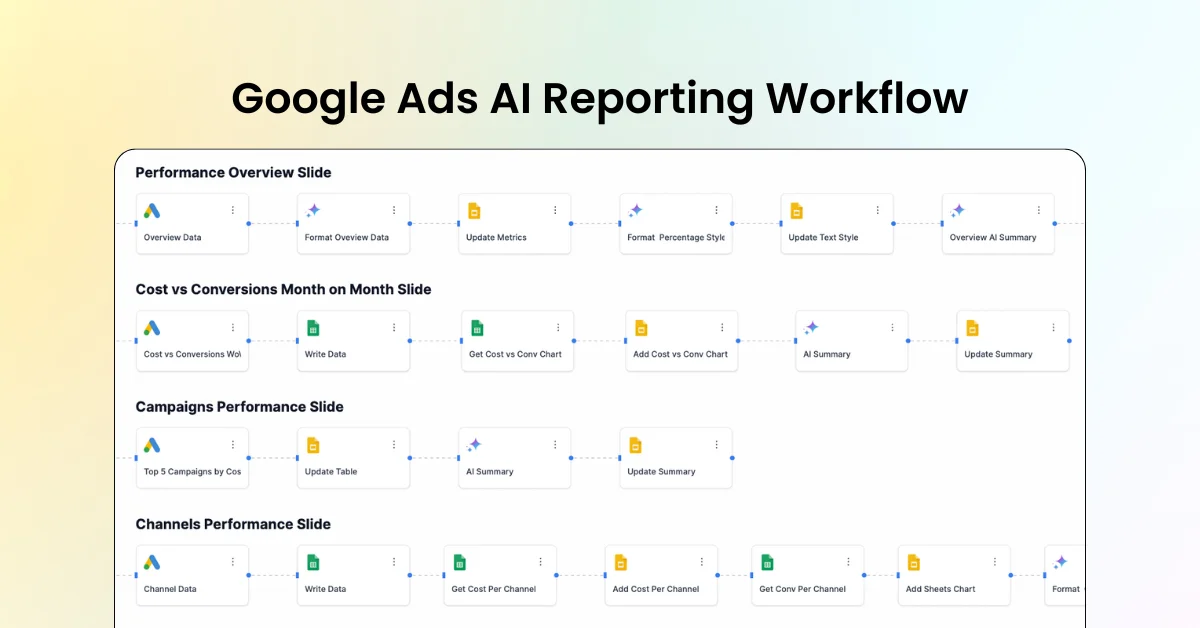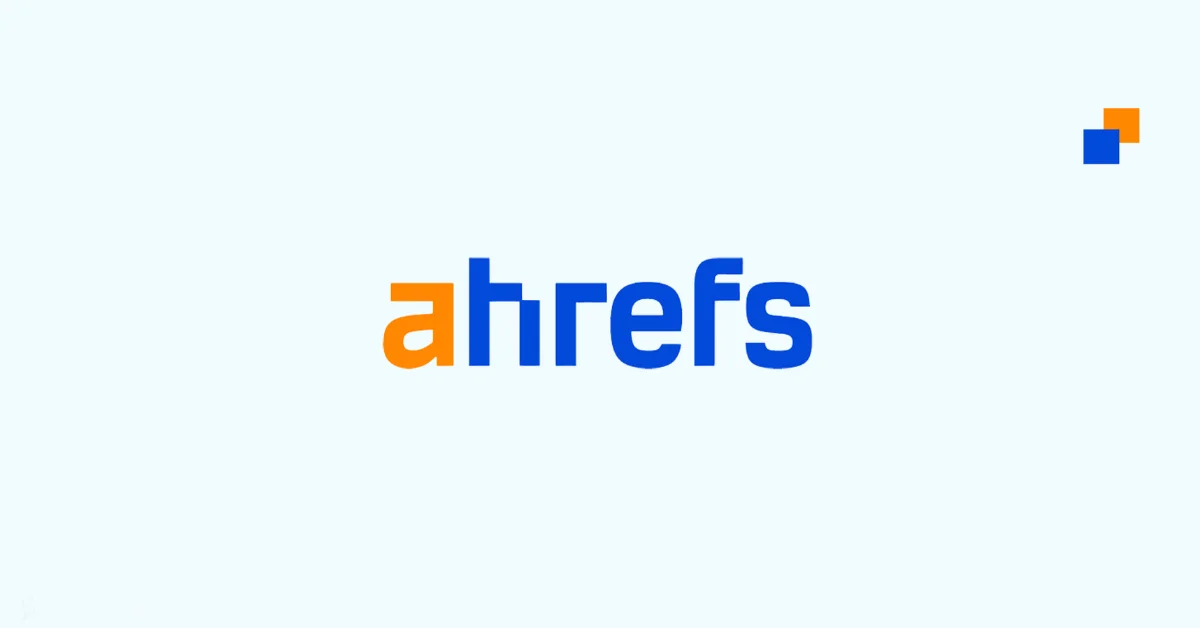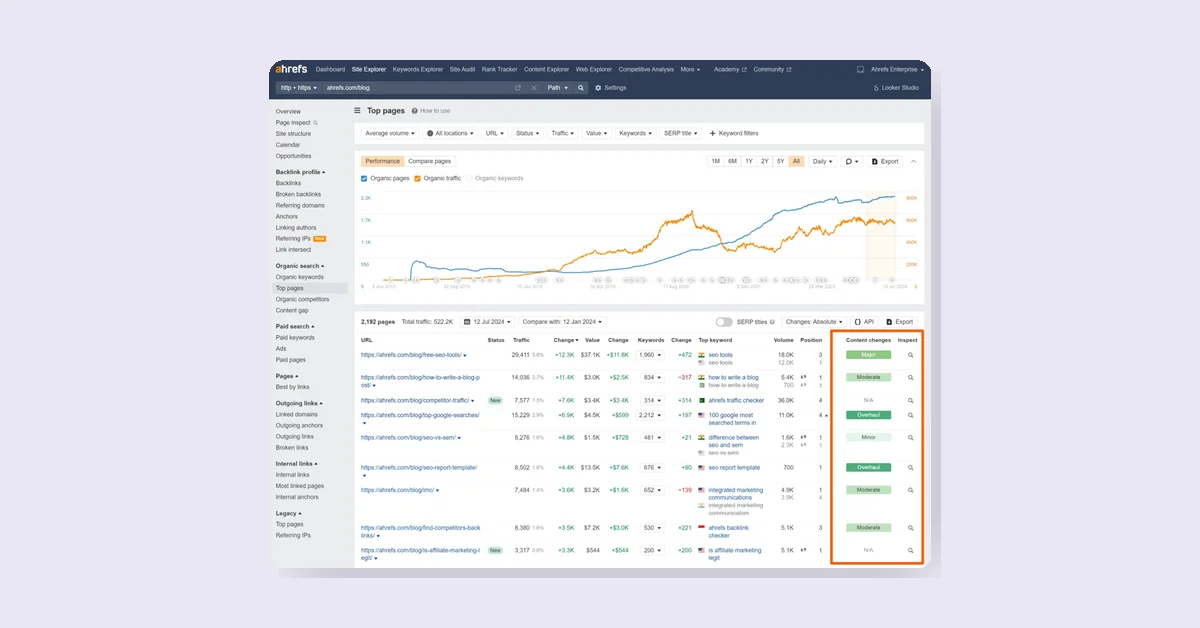Ahrefs has introduced a new feature called Patches in Site Audit, allowing users to fix simple website issues with one click. This feature streamlines the process by handling backend tasks, enabling users to focus on larger goals.
What are Patches?
Patches are direct fixes for website issues identified in Site Audit reports. For example, if pages have too-short meta descriptions, users can click "Patch it," enter new descriptions, and publish them without needing developers. AI assistance is available for generating titles and descriptions.
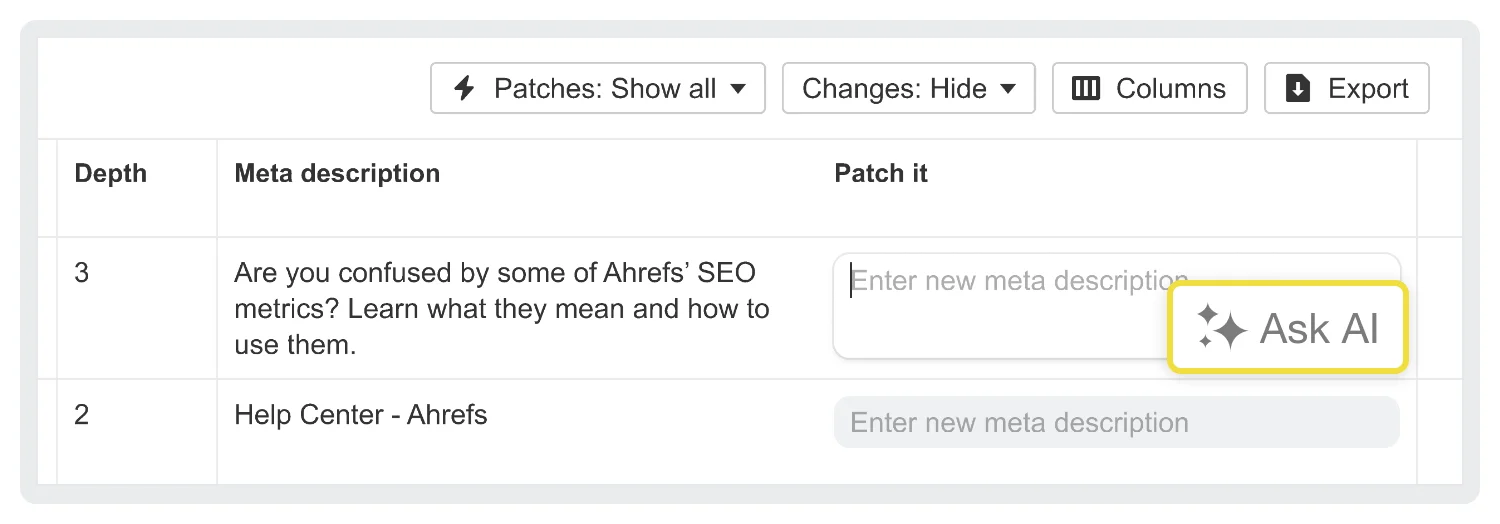
Patches can also address site-wide issues, such as internal links leading to broken pages. Users can replace or redirect multiple pages by entering new target URLs and publishing the changes.
Patches States
Patches can be saved as drafts, published, or unpublished, allowing flexibility and error correction. Users can also track the full history of any patch.

A comprehensive Patches report allows users to view, search for, and manage all patches. Future updates will enable filtering by action, status, user, or target, and bulk publishing or unpublishing.
Setting Up Patches
Drafting patches is available on any plan, but publishing them requires an Enterprise plan. Two deployment methods are planned:
- JavaScript Snippet: A JavaScript snippet added to website pages will call a unique file hosted by Ahrefs, displaying patches when executed.
- Cloudflare Workers: By providing a Cloudflare API key, Ahrefs will create workers in the user's account to apply patches server-side.
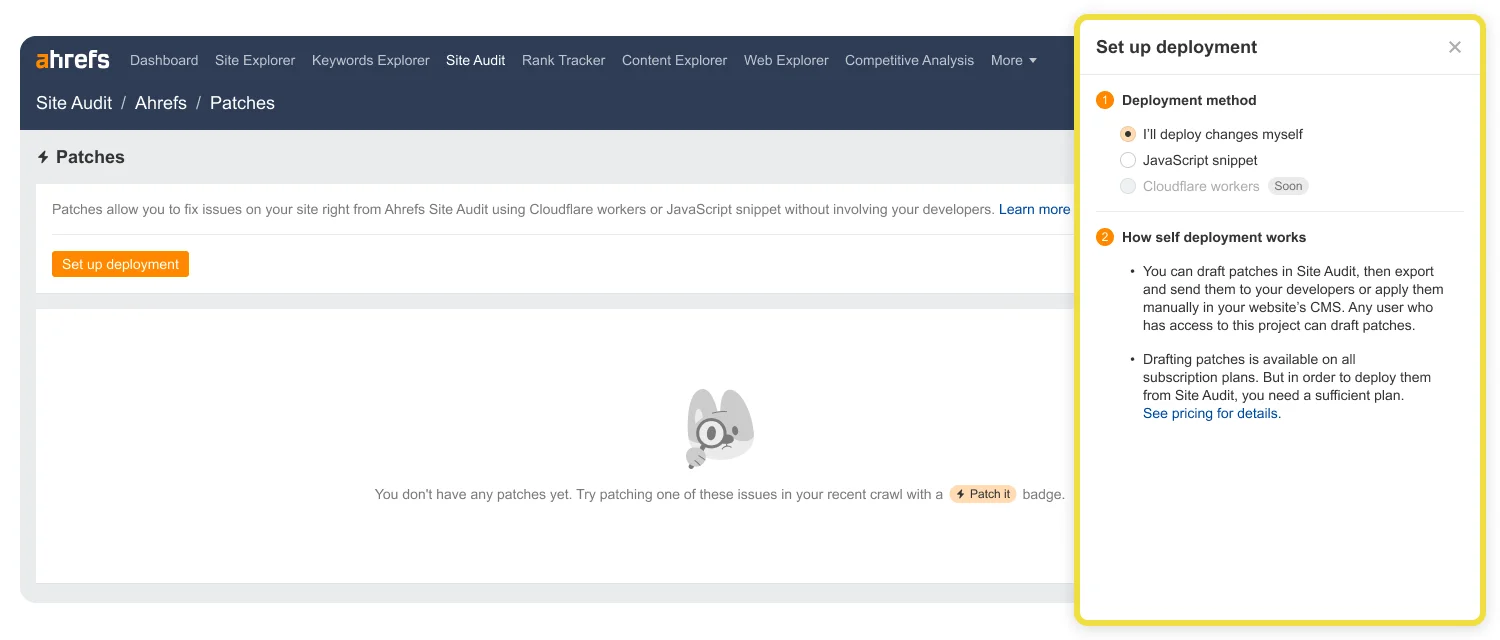
Non-Enterprise users can export drafts and pass them to developers for deployment.
Future Releases
The initial release will support patching titles and meta descriptions via JavaScript snippets. Gradual updates will introduce AI features, additional fields like canonicals, meta robots tags, and redirects, and deployment via Cloudflare workers.

